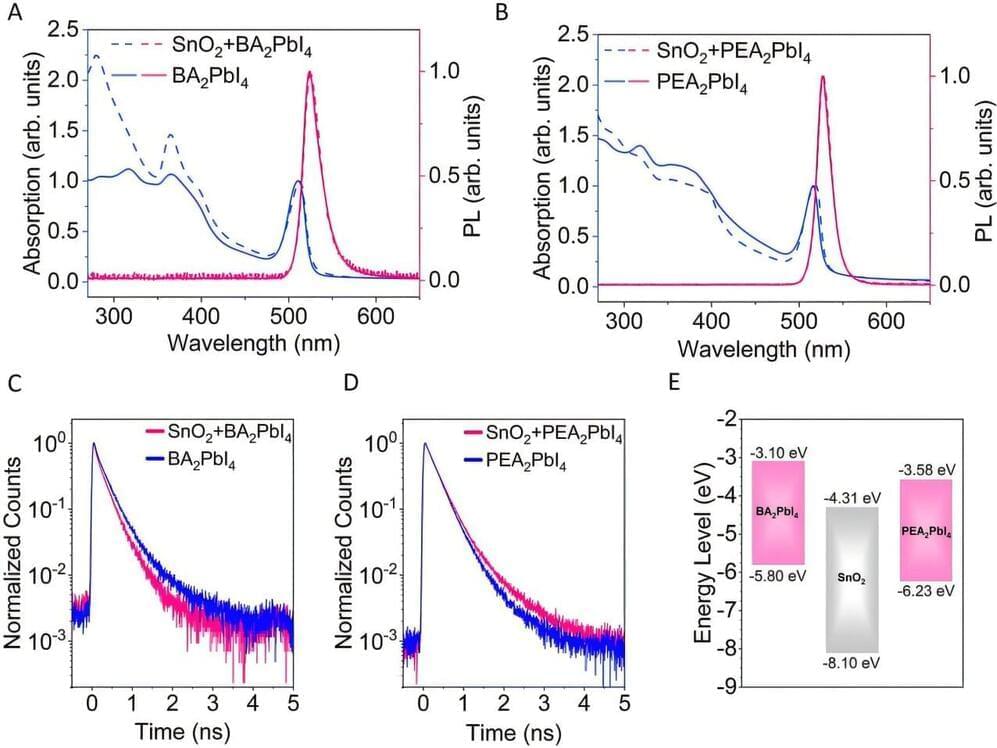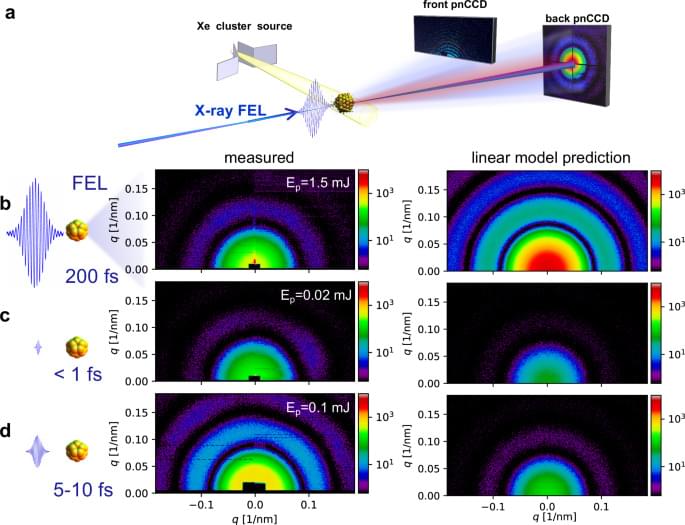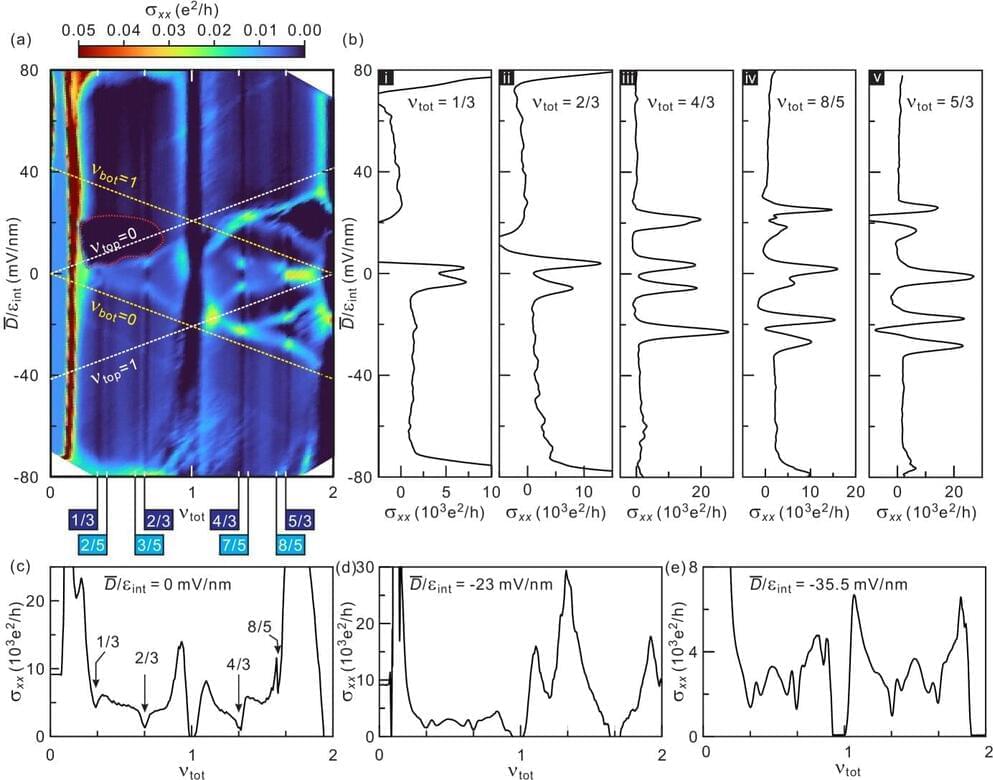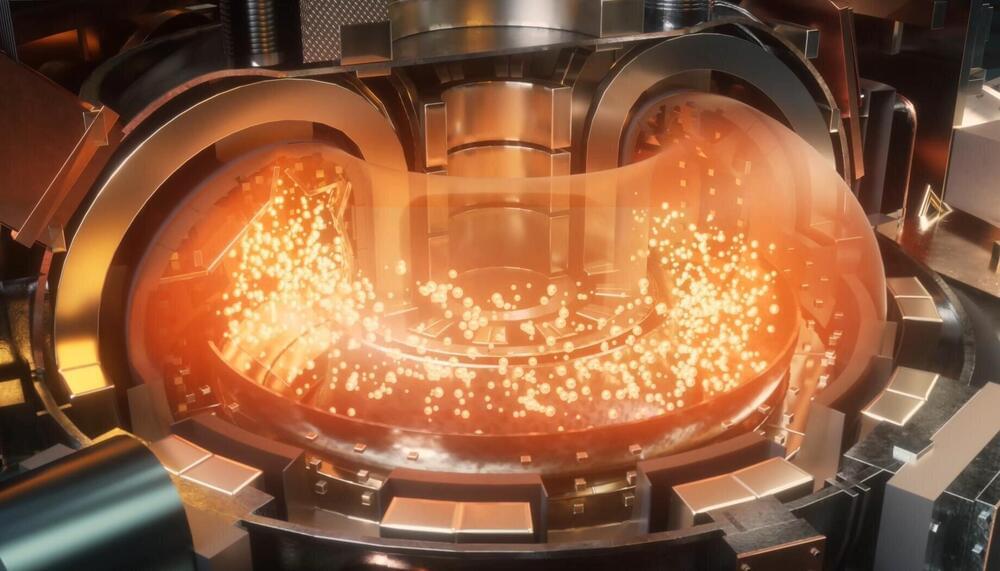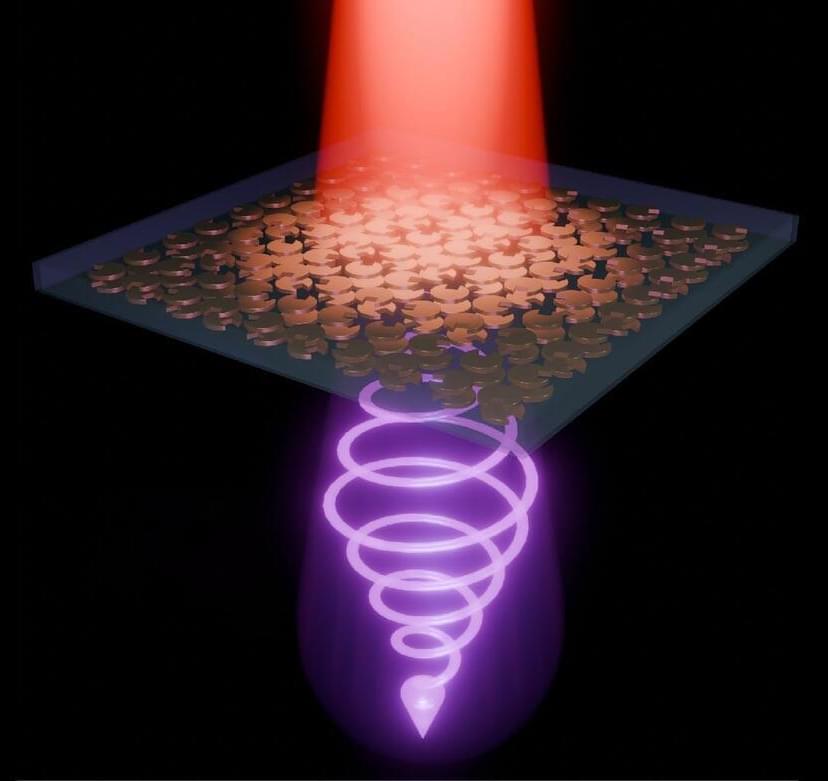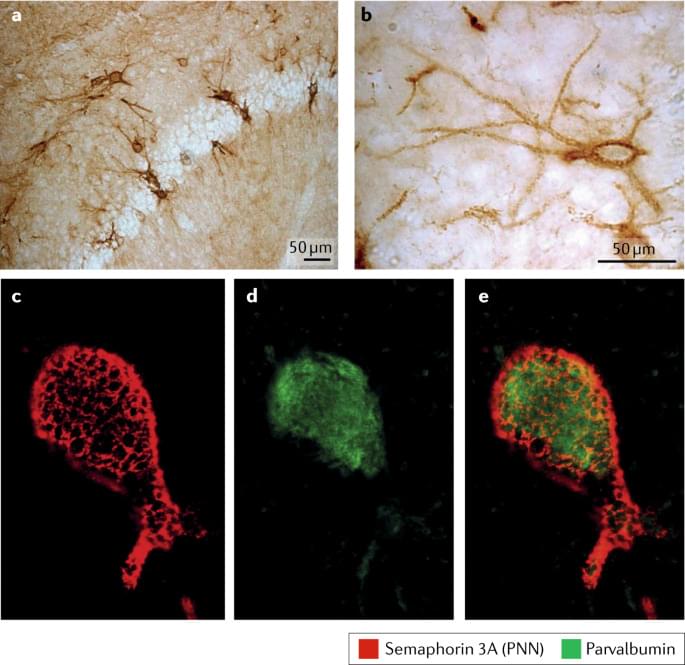Surprise is a key human emotion that is typically felt when something that we are witnessing or experiencing differs from our expectations. This natural human response to the unexpected has been the focus of numerous psychology studies, which uncovered some of its underlying neural processes.
Researchers at the University of Chicago have developed a brain network model that can predict people’s surprise. In a paper published in Nature Human Behaviour, they showed that this model generalized well across various tasks, predicting the surprise of individuals who were performing a task or watching different videos containing unexpected elements.
The study carried out by these researchers builds on previous research focusing on surprise. Earlier work found that humans experience surprise when reality clashes with their expectations in many different situations. Some of these past works discovered patterns of brain activity associated with each specific experience of surprise.


